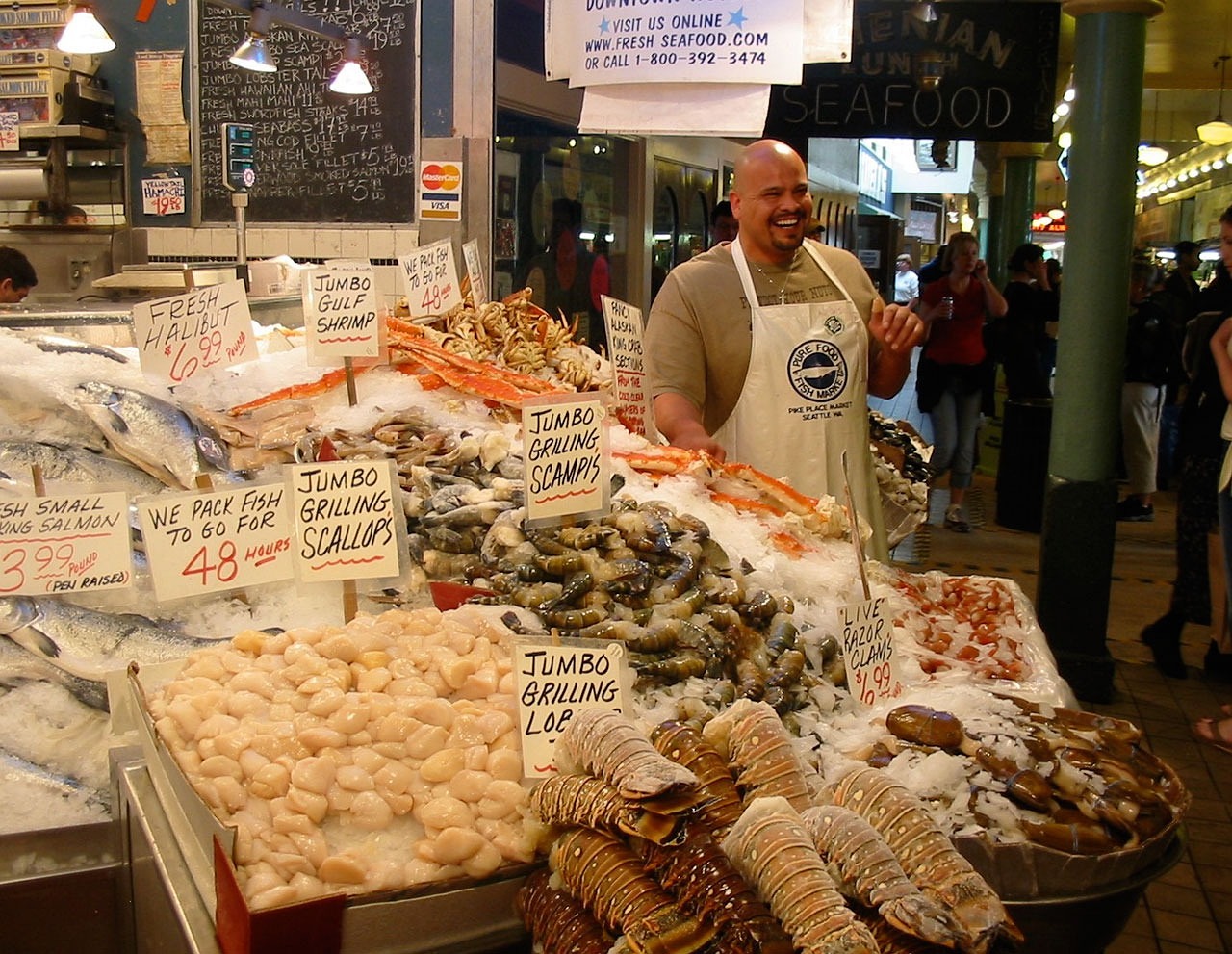Trends in Native Advertising Platforms
laser247. com cricket, lotus365 vip login, sky247:Native advertising has become an essential part of digital marketing strategies in recent years. With the rise of ad-blocking software and consumer ad fatigue, brands are turning to native advertising platforms to reach their target audiences effectively. These platforms seamlessly integrate branded content into the user experience, making them less intrusive and more engaging. In this article, we’ll explore the latest trends in native advertising platforms and how brands can leverage them to enhance their marketing efforts.
1. The Rise of Programmatic Native Advertising
Programmatic advertising has been a game-changer in the digital marketing landscape, and native advertising is no exception. Brands are increasingly turning to programmatic native advertising platforms to automate the process of buying and placing native ads. These platforms use data and algorithms to match ads with relevant content and audiences, making the advertising process more efficient and effective.
2. Mobile-First Native Advertising
With the majority of internet users now accessing content on mobile devices, brands are focusing on creating mobile-first native ad experiences. Mobile-native advertising platforms optimize ads for smaller screens and touch interfaces, ensuring a seamless user experience. These platforms also leverage location-based targeting and mobile-specific ad formats to deliver targeted and engaging ads to mobile users.
3. Video Native Advertising
Video content continues to dominate the digital landscape, and native advertising platforms are adapting to this trend. Brands are increasingly using video native ads to capture the attention of audiences and deliver engaging brand messages. Video native advertising platforms offer features like autoplay and interactive elements, making them an effective way to drive brand awareness and engagement.
4. Social Media Native Advertising
Social media platforms have become go-to destinations for brands looking to connect with their target audiences, and native advertising plays a key role in this strategy. Social media native advertising platforms allow brands to promote sponsored content seamlessly within users’ feeds, ensuring maximum visibility and engagement. These platforms also offer advanced targeting options based on users’ demographics, interests, and behaviors, making it easier for brands to reach their ideal customers.
5. Influencer-Driven Native Advertising
Influencer marketing has become a powerful tool for brands looking to enhance their native advertising efforts. Brands are collaborating with influencers to create authentic and engaging sponsored content that resonates with their followers. Influencer-driven native advertising platforms connect brands with influencers who align with their values and target audience, helping them reach a highly engaged and receptive audience.
6. Personalization and Customization
One of the key advantages of native advertising is its ability to blend seamlessly into the user experience. Brands are increasingly focusing on personalizing and customizing native ads to make them more relevant and engaging for audiences. Native advertising platforms offer tools and technologies to create tailored ad experiences based on users’ preferences, browsing behavior, and demographics, increasing the likelihood of driving action and conversions.
7. Native Advertising Analytics and Performance Measurement
As brands invest more in native advertising, they are looking for ways to measure the impact and success of their campaigns. Native advertising platforms are evolving to provide advanced analytics and performance measurement tools that help brands track key metrics like engagement, clicks, and conversions. These insights enable brands to optimize their native ad campaigns in real-time and drive better results.
8. Native Advertising Compliance and Transparency
As native advertising continues to grow in popularity, regulatory bodies are paying closer attention to ensure compliance and transparency. Native advertising platforms are implementing measures to ensure that sponsored content is clearly labeled and distinguishes from editorial content. Brands are also focusing on creating transparent and authentic native ads that provide value to audiences while meeting regulatory guidelines.
Conclusion
In conclusion, native advertising platforms continue to evolve to meet the changing needs and preferences of brands and consumers. By staying abreast of the latest trends in native advertising platforms, brands can create engaging and effective ad experiences that resonate with their target audiences. Whether it’s leveraging programmatic advertising, focusing on mobile-first strategies, or collaborating with influencers, brands have a wealth of opportunities to enhance their marketing efforts through native advertising platforms.
—
FAQs
Q: How can brands ensure that their native ads are effective?
A: Brands can ensure the effectiveness of their native ads by focusing on relevance, authenticity, and engagement. By creating content that aligns with the interests and preferences of their target audience, brands can increase the likelihood of driving action and conversions.
Q: Are native advertising platforms suitable for all types of businesses?
A: Native advertising platforms are suitable for a wide range of businesses, from small startups to large enterprises. The key is to understand your target audience and create native ad experiences that resonate with them effectively.
Q: How can brands measure the success of their native advertising campaigns?
A: Brands can measure the success of their native advertising campaigns by tracking key metrics like engagement, clicks, and conversions. Native advertising platforms offer advanced analytics and performance measurement tools that provide insights into the effectiveness of ad campaigns.
Q: What role do influencers play in native advertising?
A: Influencers play a crucial role in native advertising by creating authentic and engaging sponsored content that resonates with their followers. Brands can leverage influencers to reach a highly engaged and receptive audience and drive brand awareness and engagement.






